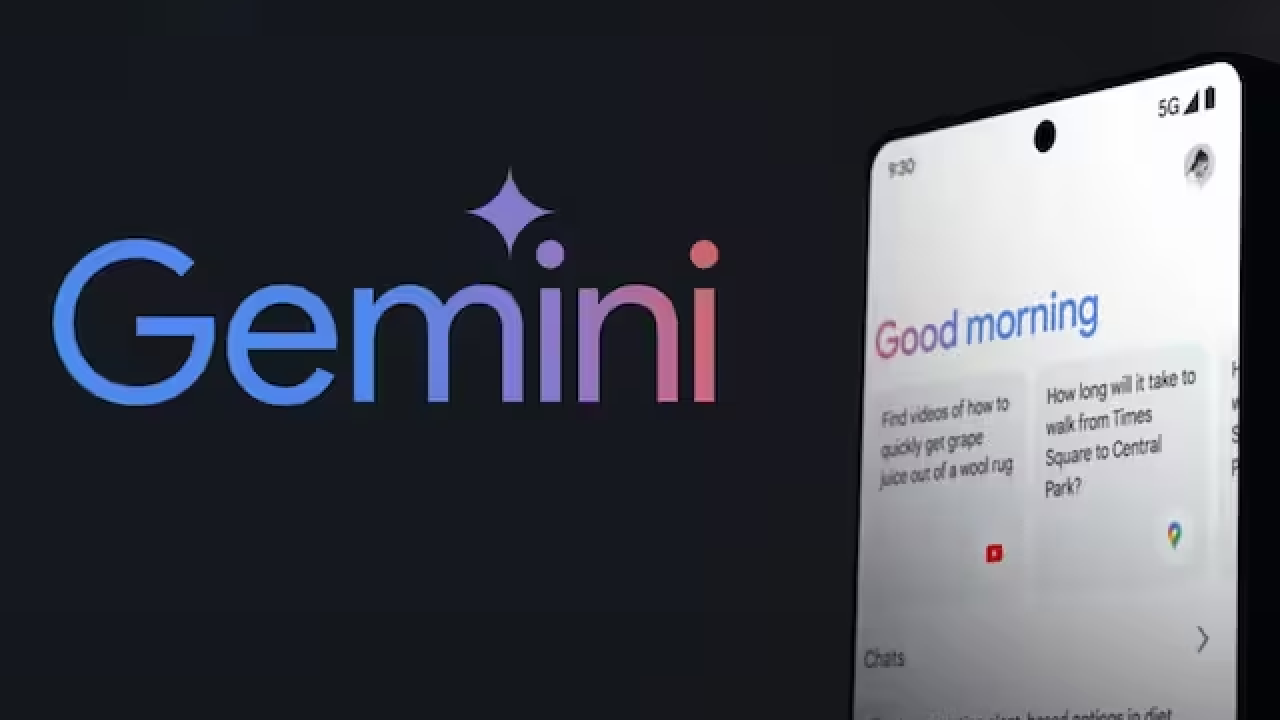Google has introduced its latest generative AI model, Gemini, showcasing advanced capabilities and state-of-the-art performance across numerous benchmarks. Built from the ground up by Google DeepMind, Gemini is designed to be natively multimodal, meaning it can understand and synthesize information across different formats—text, code, images, audio, and video—seamlessly.
Gemini’s Performance and Practical Applications
Gemini’s impressive capabilities are not just theoretical. Its practical performance was highlighted through a demonstration of its speed when running natively on Google Chrome. This marks a significant step in AI applications, as Gemini can process and interact in real-time across multiple platforms, including mobile devices and data centers.
Underpinning Technologies and Future Prospects
The speed and efficiency of Gemini are enhanced by Google’s latest Tensor Processing Units (TPUs), specifically designed to maximize the performance of AI applications like Gemini. This integration highlights Gemini’s ability to run faster and more efficiently than previous models, setting a new standard for AI performance in practical settings.
Safety and Rollout
Google has also emphasized the safety aspects of Gemini, implementing robust evaluations to ensure that the AI operates without bias and minimizes errors commonly referred to as ‘hallucinations’. Gemini’s deployment is being handled cautiously, with incremental rollouts through services like Google Bard and eventually wider integration across Google’s ecosystem.
As Google continues to refine and expand the capabilities of Gemini, the AI model is set to become a cornerstone in Google’s suite of tools and services, enhancing everything from simple web interactions to complex computational tasks. This development not only enhances user experience but also paves the way for future innovations in AI applications.

















Add Comment